Samnauen part 2












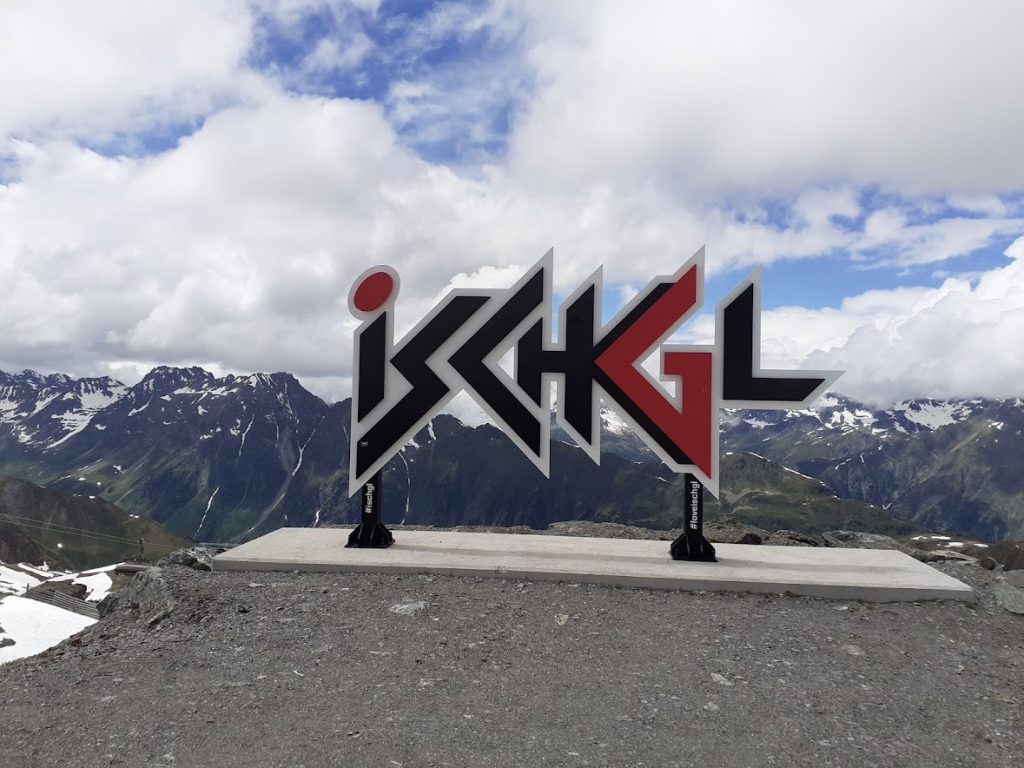

















Samnauen is at the far east of Switzerland. If Switzerland looks like an yes, Geneva is at the left corner Samnauen is at the right corner near Austria. It is a free zone. You have duty free shops because in the past there was no road to go there from Switzerland.

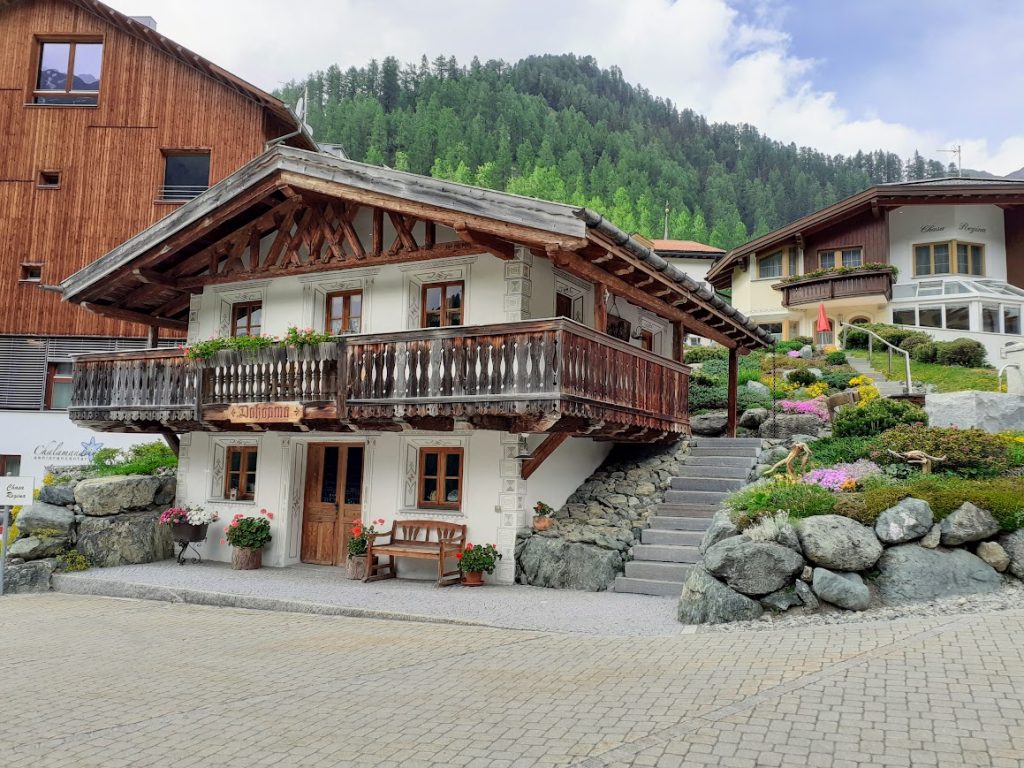





The Tine de Conflens is an impressive waterfall, where the Venoge and the Veyron meet in a magnificent rocky place.

The tumultuous waters of the Veyron and the Venoge have shaped canyon-like gorges in the limestone of the Tine de Conflens. Magnificent waterfalls are visible.
The Helvetians, contemporaries of the Romans, built a « châtelard », a fortified camp, of which the remains of the enclosure remain.
A signposted path leads to the bottom of the gorge where you can admire the perfect torrential « marmites » that « play » with the water.
Let us note finally that the word Tine means barrel and Conflens comes from the word confluence.
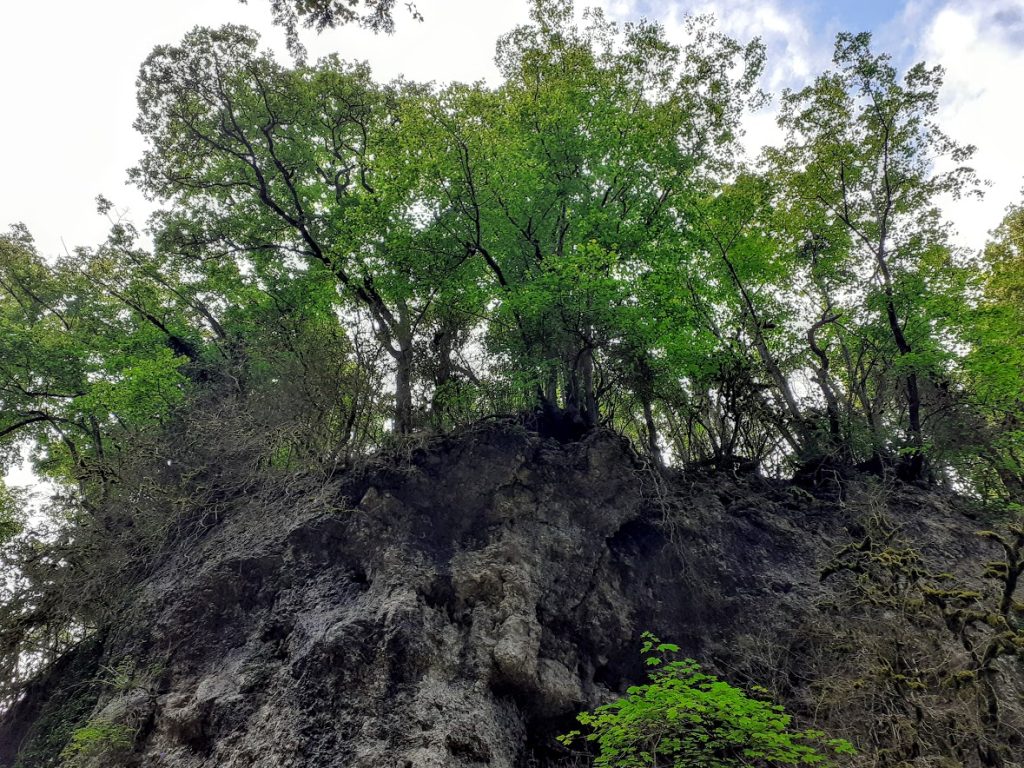

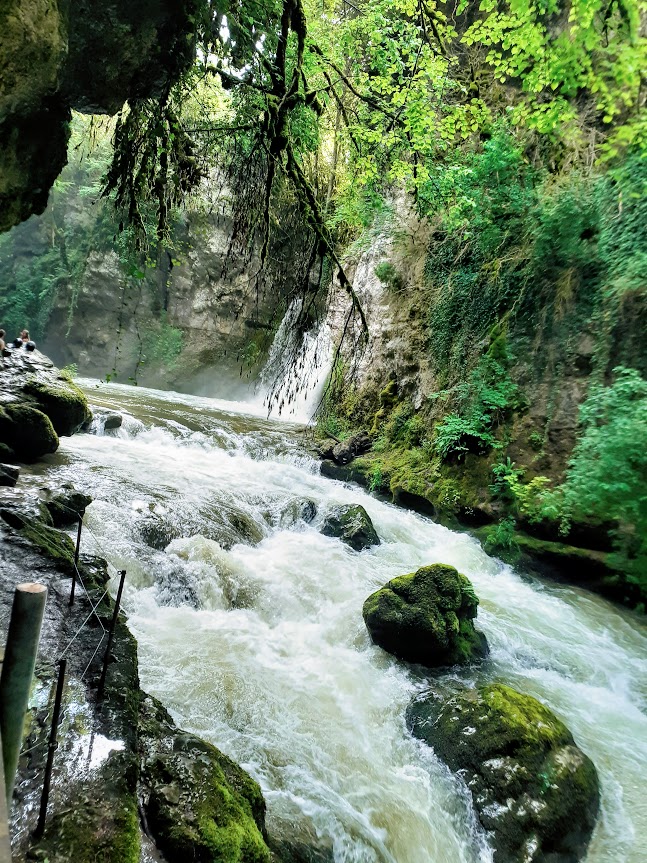
In Switzerland you can find very special shops. Shops that sell bells for cow.


In Eclépens there is a hill which is located exactly on the watershed between the Mediterranean Sea and the North Sea, it is the Mormont. Holcim has a quarry. But Holcime wants to keep digging more and more on this hill. It will disappear.

In Éclépens, just a few kilometres north of Lausanne, the international cement company LafargeHolcim has been exploiting 2800m2 of the Mormont hillside for nearly 25 years. In 2022, the already well-advanced quarry will reach the limit of its authorised operating perimeter, which is why Holcim Switzerland is seeking to obtain new permits as soon as possible to continue the unbridled exploitation of the Mormont hill. If this is not stopped by 2029, the entire Birette plateau will have disappeared. But that’s not all: Holcim plans to further extend the quarry in the future to the point of destroying the summit of the Mormont, located in an area listed in the federal landscape inventory. This area is considered to be one of the richest areas of flora in the Central Jura. Holcim’s new project to extract 8.4 million cubic metres of limestone is the result of an appeal by the NGOs fighting against the extension of the mine (Association for the Protection of the Mormont Hill, Pro Natura), which failed at the cantonal level. However, the fight is not over. The appeal at the federal level has been launched, but if it doesn’t succeed, we risk seeing this hill overlooking Eclépens and La Sarraz destroyed forever.
In addition to its listed and documented biodiversity, the hill is also an important archaeological site classified as a European heritage, which contains ancient ritual sites and probably Celtic dwellings.Holcim even welcomes its fruitful collaboration with archaeologists thanks to the « dynamic support for the archaeological work on the Celtic site of Mormont. This is reflected in the excellent cooperation between the management of the cement works and the Cantonal Archaeological Service, as well as in the financial contributions without which the excavation work could not have been carried out in the Canton ». Holcim is also tries to greenwash itself with the idea of financing the protection of wild orchids on the hill. Since it is known that the company´s sole objective is to progress in exploiting the area, this statement is nothing but hypocrisy.
The site concerned by Holcim’s cement plant extension project affects 22 plant communities, half of which are among the list of habitats worthy of protection according to Annex 1 of the OPN. In 1998, the Mormont was included in the Federal Inventory of Landscapes, Sites and Monuments of National Importance due to its biological wealth. This wealth comes from the diversity of the source rocks present, as well as from the diversity of exposures that create a unique climate. The site we protect, with its unique trees and various plant species, is part of the precious set of environments that the Mormont represents. A hotspot of diversity and rarity, it has seduced botanists such as Pascal Kissling, but also French-speaking authors such as Jacques Chessex or Gustave Roud, who fought to save the Mormont from a road project in 1975. And despite all these arguments, Holcim dared to justify the extension of its mine by asserting that the Birette site « is essentially made up of agricultural plots and contains no particular natural wealth ». In an open letter, Pascal Kissling wrote that « even if we only recognise the decorative value of natural environments, we should give future generations the opportunity to rethink their relationship with the living environment. However, these possibilities will only survive in the few shreds of intact nature that we will be able to pass on to them. Thus, the conservation of environments such as the Mormont is not a gift to nature, it is an act of foresight and a civil duty. « Finally, this destruction of ecosystems is being carried out in favour of cement production, which is the industry that emits the most CO2 in Switzerland (see the article « Concrete: Ecological? »).
Holcim’s actions not only destroy valuable ecosystems, but also aggravate the effects of global warming by daring to claim that concrete can be « zero carbon » in the future, even though CO2 emissions are directly caused by the industrial process of cement production. But what alternatives to cement are possible? You will find all the links under the concrete tab. Today, as an extension of the struggles of the last decades to save Mormont, in echo to the climate strikes, the ZADs, and the ecological actions that are spreading around the world before it is too late, we are committed against this mine extension project.
We are defenders of life on earth, concerned and committed to a sustainable future; as Kissling said, we are fulfilling our civil duty: we are defending the hill. Against Holcim’s concrete, we will defend the wild orchids and what they represent: the possibility of a sustainable future. Orchids against reinforced concrete! For more details, the association for the defence of the Mormont created in 2013 offers a wide range of information.
Last sunday was a nice sunny day. I wanted to walk a in the snow. Then I decided to go to Brenet Lake.
Just put your car near the Train Station of Le Pont. You have a path all around the lake. You can count 1 hour as it is 5 km. An easy and pleasant walk.
At the northern tip of Lac de Joux, a yellow sign indicates the tour of Lac Brenet. Departure from the Pont station for a 4 km loop (1 hour, no difference in altitude). The itinerary is punctuated by a dozen panels on the history of the glaciers and the region.

200 m northeast of Lac de Joux, Lac Brenet is a small jewel, with its 1.5 km length, 500 m wide. We go around in about an hour, ideal for a Sunday walk! Its small shaded beaches are also appreciated by swimmers.
Like its vast neighbor, Lac Brenet completely freezes in winter, it is forbidden to walk or skate on this lake on the contrary of Lac de Joux which allows both activities. Its ice has had various uses in the past, as shown by one of the 16th explanatory panels installed on its shores, tracing the human activities around Lac Brenet.
The famous natural ice of the Lac Brenet was in fact exploited by ice makers during sixty years. Since 1879, the horses’ chariots have transported the blocks of ice to Croy station, where the large ice cubes are loaded on trains destined for the large Swiss cities, but especially for Paris. Finally, the line of railway came into being between Le Pont and Vallorbe, in order to facilitate transportation.



In Switzerland it is forbidden to ask for money even when you are hungry. Beggars can be fined … and you will be fined.
A person who asks for money logically has no money. How to pay a fine when you have no money. By begging? This law should limit begging except that to pay the fine it encourages it, otherwise it is prison.

In 2011 Ms Lăcătuş, who was unable to find work, began asking for charity in Geneva. On 22 July 2011 she was ordered to pay an initial fine of CHF 100 (approximately EUR 93) under section 11A of the Geneva Criminal Law Act, which makes it an offence to beg in public places. A sum of CHF 16.75 (approximately EUR 15.50) was confiscated from her on that occasion after a body search by the police. Over the next two years Ms Lăcătuşwas issued with summary penalty orders requiring her to pay eight further fines of the same amount, and was twice taken into police custody for three hours.Each of the fines could be replaced by a one-day custodial sentence in the event of non-payment.
Ms Lăcătuş appealed against the penalty orders. In a judgment of 14 January 2014 the Police Court of the Canton of Geneva found her guilty of begging. The court ordered her to pay a fine of CHF 500, to be replaced by a five-day custodial sentence in the event of non-payment, and upheld the confiscation of CHF 16.75. An appeal lodged by the applicant with the Criminal Appeals and Review Division of the 2 Court of Justice of the Canton of Geneva was dismissed on 4 April 2014. Ms Lăcătuşappealed to the Federal Court against that decision, but her appeal was dismissed on 10 September 2014.
From 24 to 28 March 2015 Ms Lăcătuşwas detained in Champ-Dollon Remand Prison for failure to pay the fine.
Relying on Article 8 (right to respect for private and family life, home and correspondence), theapplicant alleged that the prohibition on begging in public places constituted unacceptable interference with her private life as it had deprived her of her means of subsistence. Under Article 10 (freedom of expression), she maintained that the prohibition on begging had prevented her from conveying her plight by asking for charity. Relying on Article 14 (prohibition of discrimination) read in conjunction with Article 8, the applicant alleged that she had been the victim of discrimination on account of her social and financial situation and her origins.
The Court observed that the applicant came from an extremely poor family, was illiterate, had no work and was not in receipt of social benefits. Begging constituted a means of survival for her. The Court considered that, being in a clearly vulnerable situation, the applicant had had the right, inherent in human dignity, to be able to convey her plight and attempt to meet her basic needs by begging.Regarding the nature and severity of the penalty, the Court observed that the applicant had been ordered to pay a fine of CHF 500, to be replaced by a five-day custodial sentence in the event of non-payment. As she had been incapable of paying this sum, the applicant had in fact served a custodial 3sentence in prison. The Court observed that this was a severe sanction. A measure of this kind had to be justified by sound reasons in the public interest, which had not been present in this case.As to whether less stringent measures could have achieved a comparable result, the Court noted that in its judgment of 9 May 2008 the Federal Court had found that less restrictive legislation would beineffective, referring to the findings of law made in its previous judgments.A comparative-law survey of legislation on begging showed that the majority of Council of Europe member States imposed more nuanced restrictions than the blanket ban under section 11A of theGeneva Criminal Law Act. Even though the State had some margin of appreciation in that regard, compliance with Article 8 required the domestic courts to examine thoroughly the particular situation in the case before them. Accordingly, the Court could not subscribe to the Federal Court’s argument that less restrictive measures would not have achieved a comparable result.The Court considered that the penalty imposed on the applicant had not been proportionate either to the aim of combating organised crime or to the aim of protecting the rights of passers-by, residents and shopkeepers. The applicant was an extremely vulnerable person who had been punished for her actions in a situation in which she had in all likelihood had no choice other than to beg in order to survive. In the Court’s view, the penalty imposed had infringed the applicant’s human dignity and impaired the very essence of the rights protected by Article 8, and the State had thus overstepped its margin of appreciation in the present case.
The Court held that Switzerland was to pay the applicant 922 euros (EUR) in respect of non-pecuniary damage.
More information https://hudoc.echr.coe.int/eng#{%22itemid%22:[%22002-13092%22]}
We was on holiday at Imperia at the mediteranean sea. Moutain and sea meet there. A nice place. Here some photos and some impressions

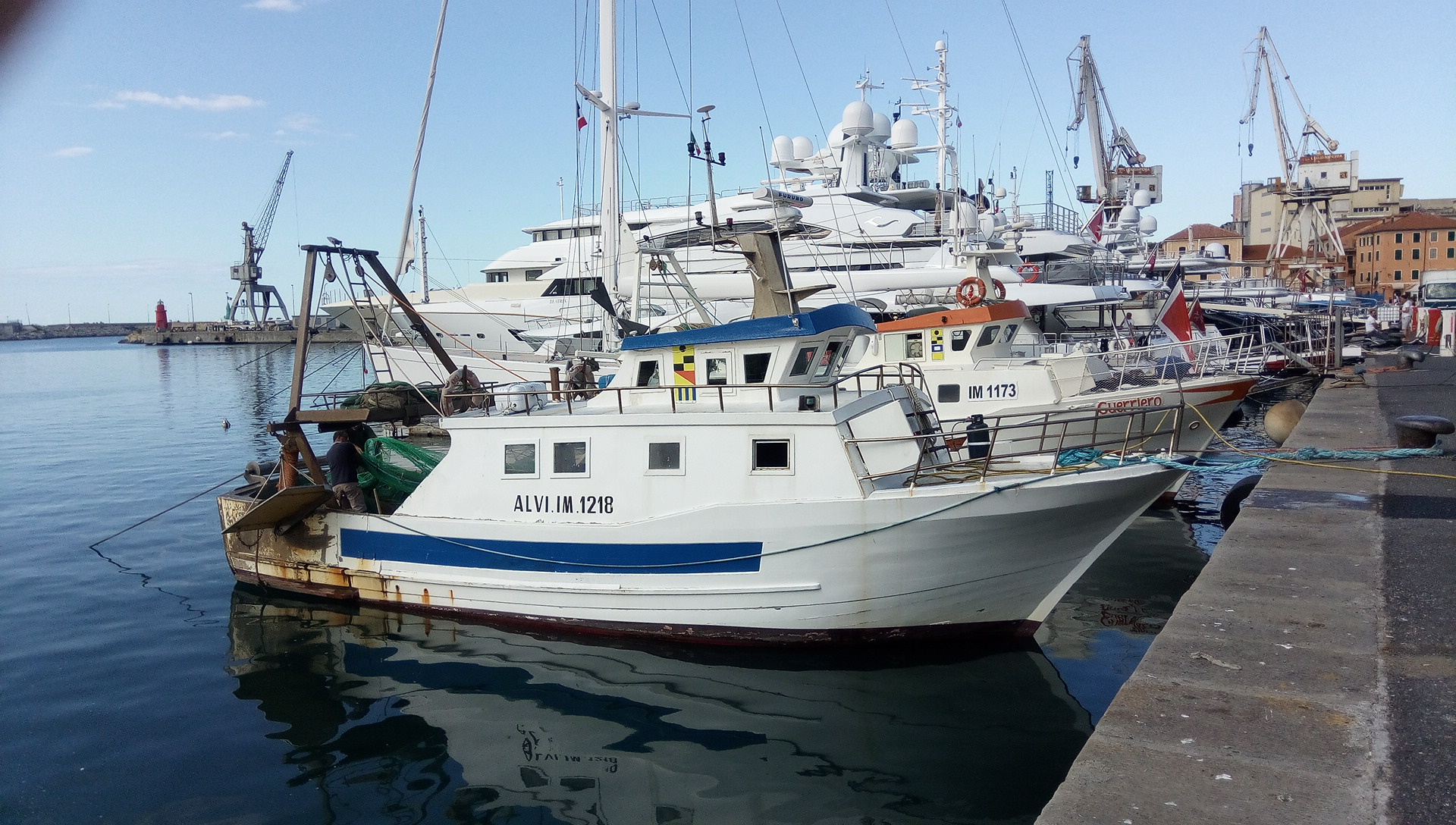
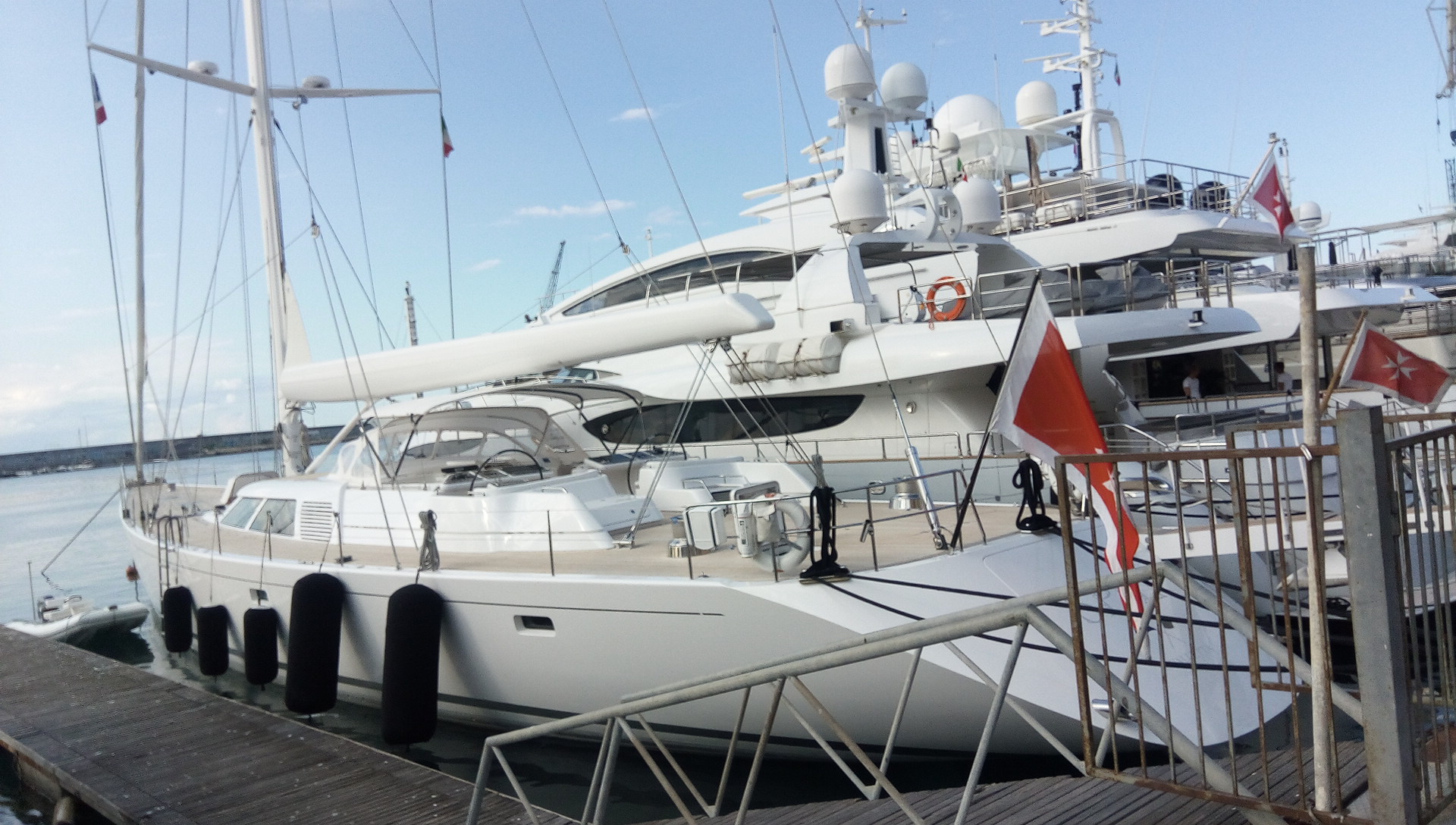
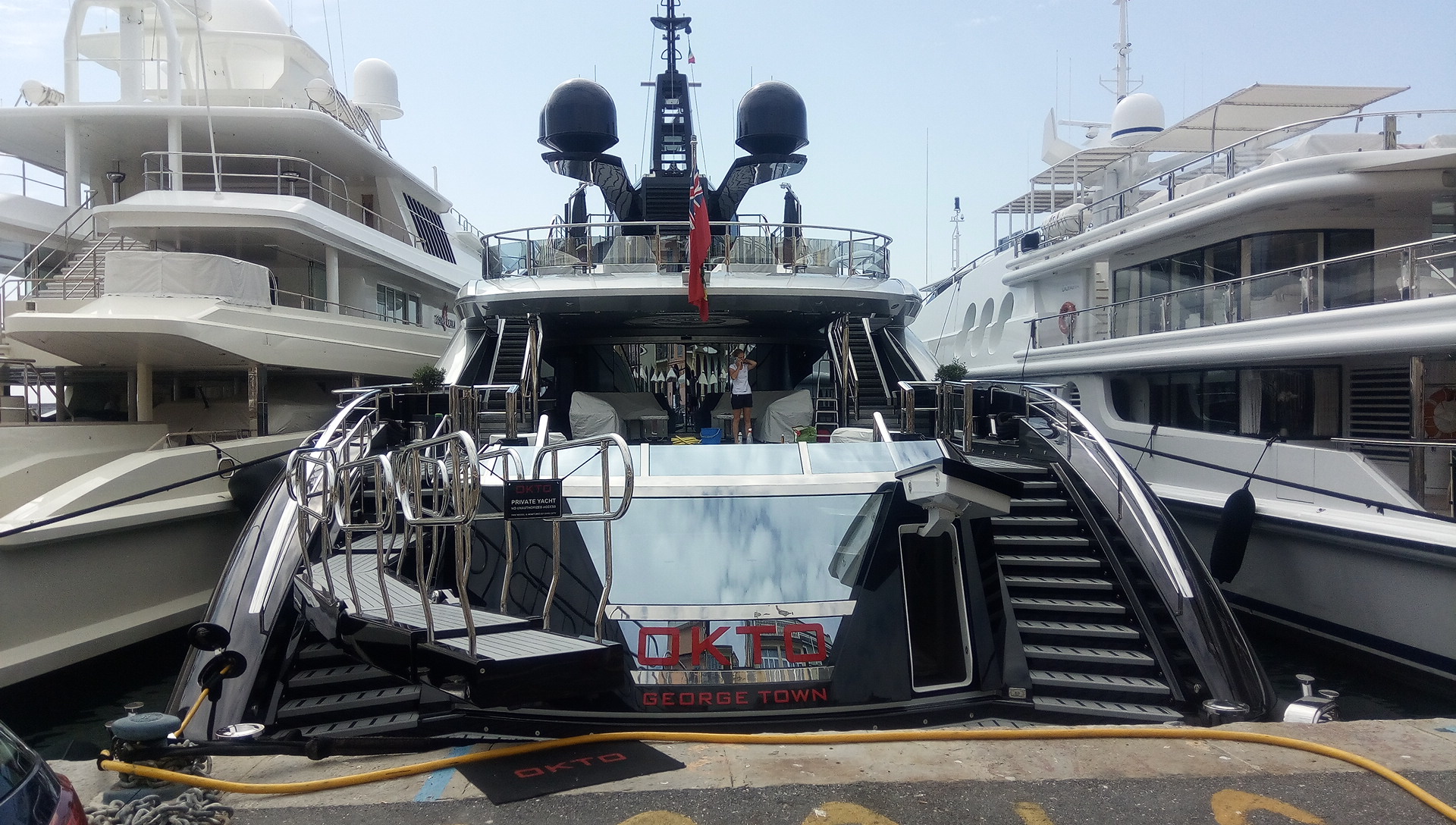

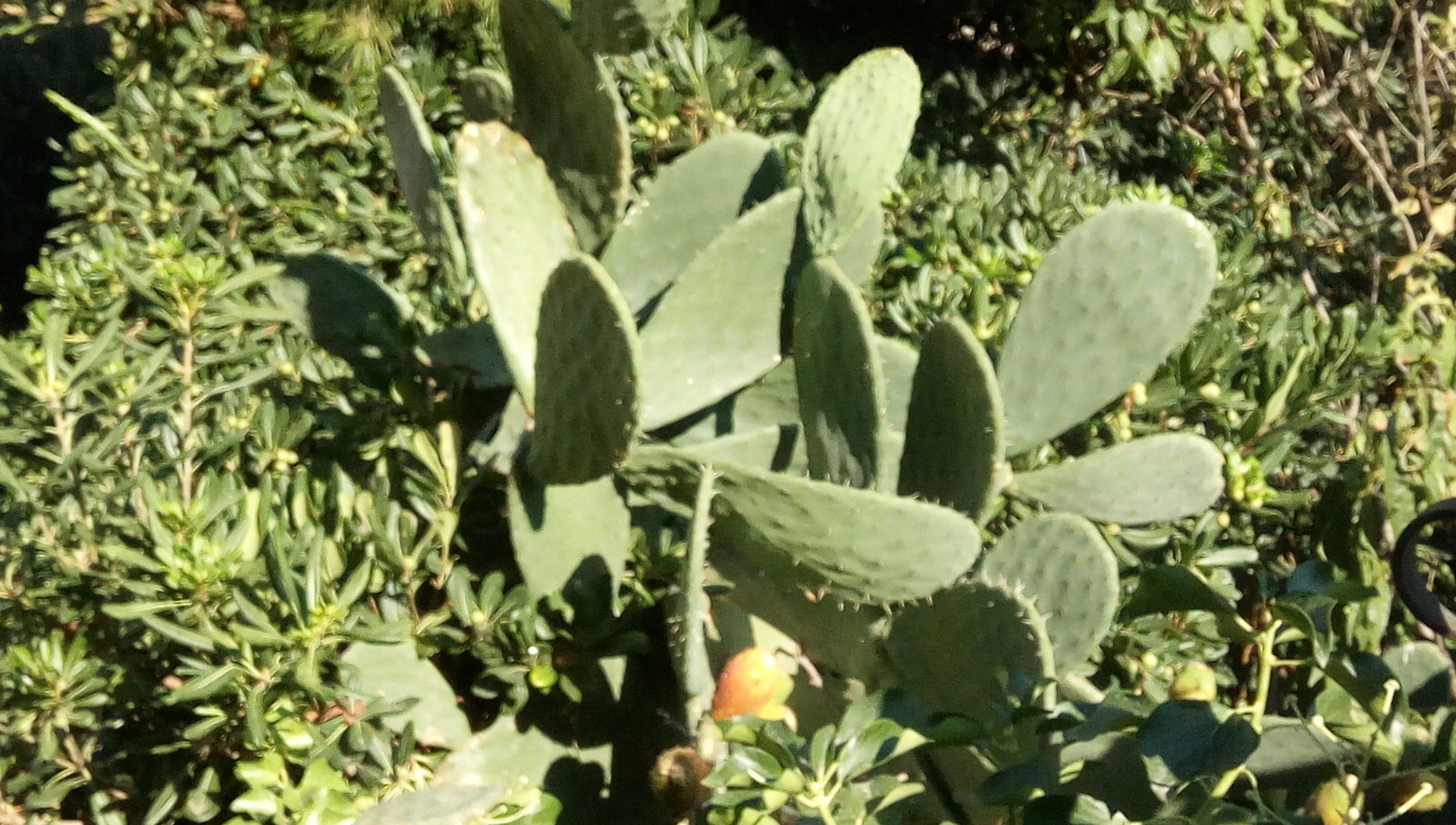
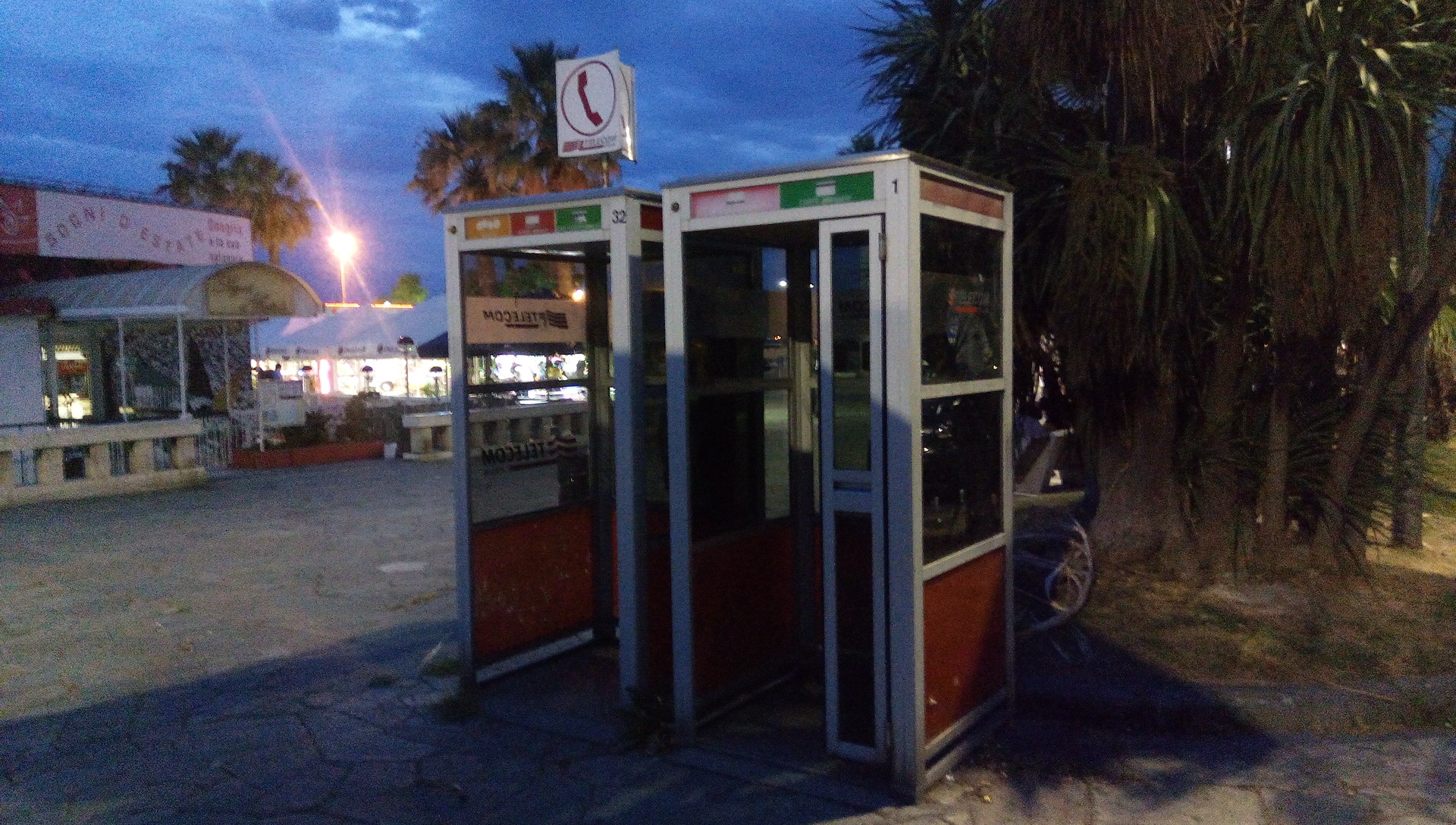


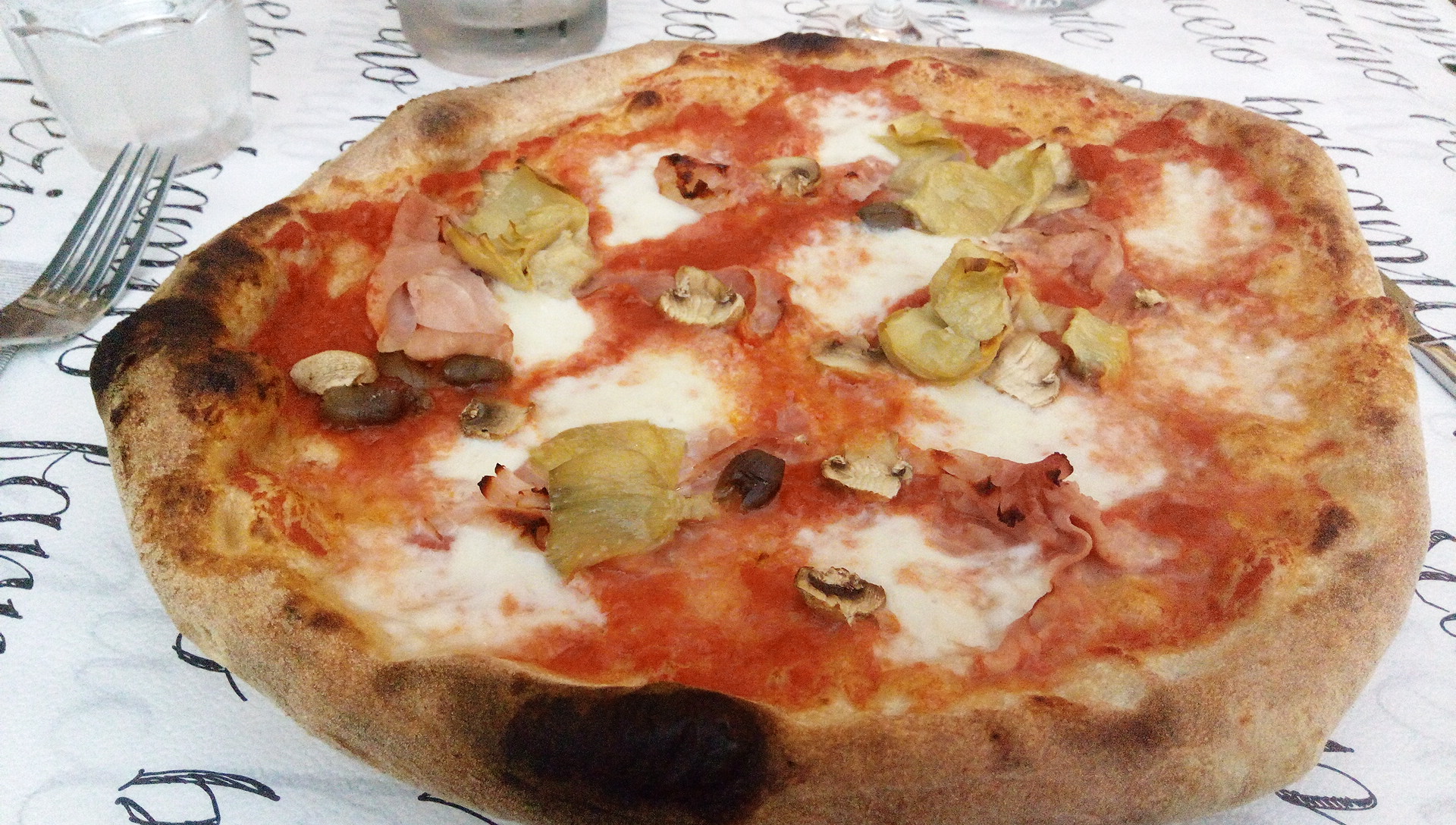
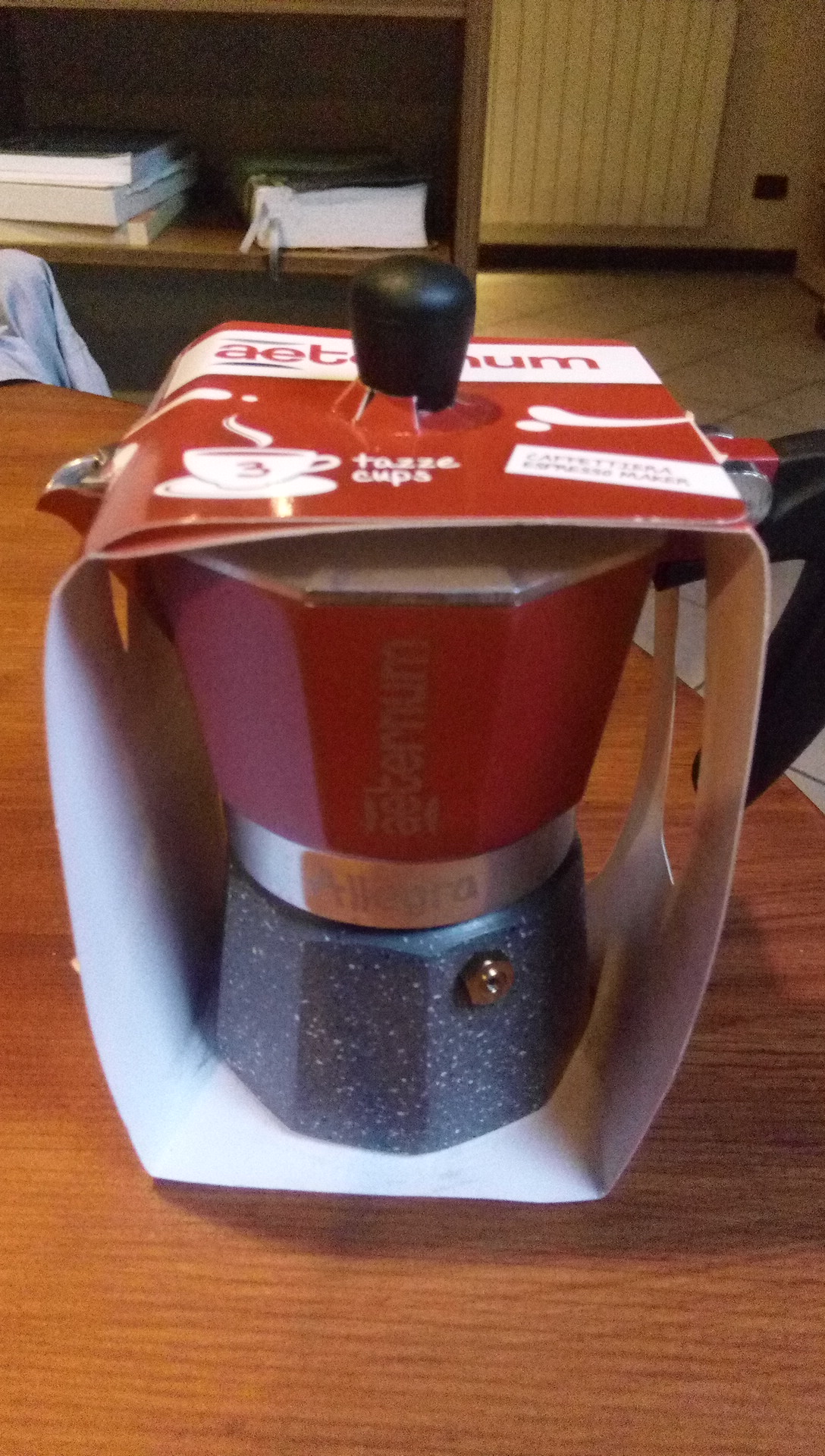
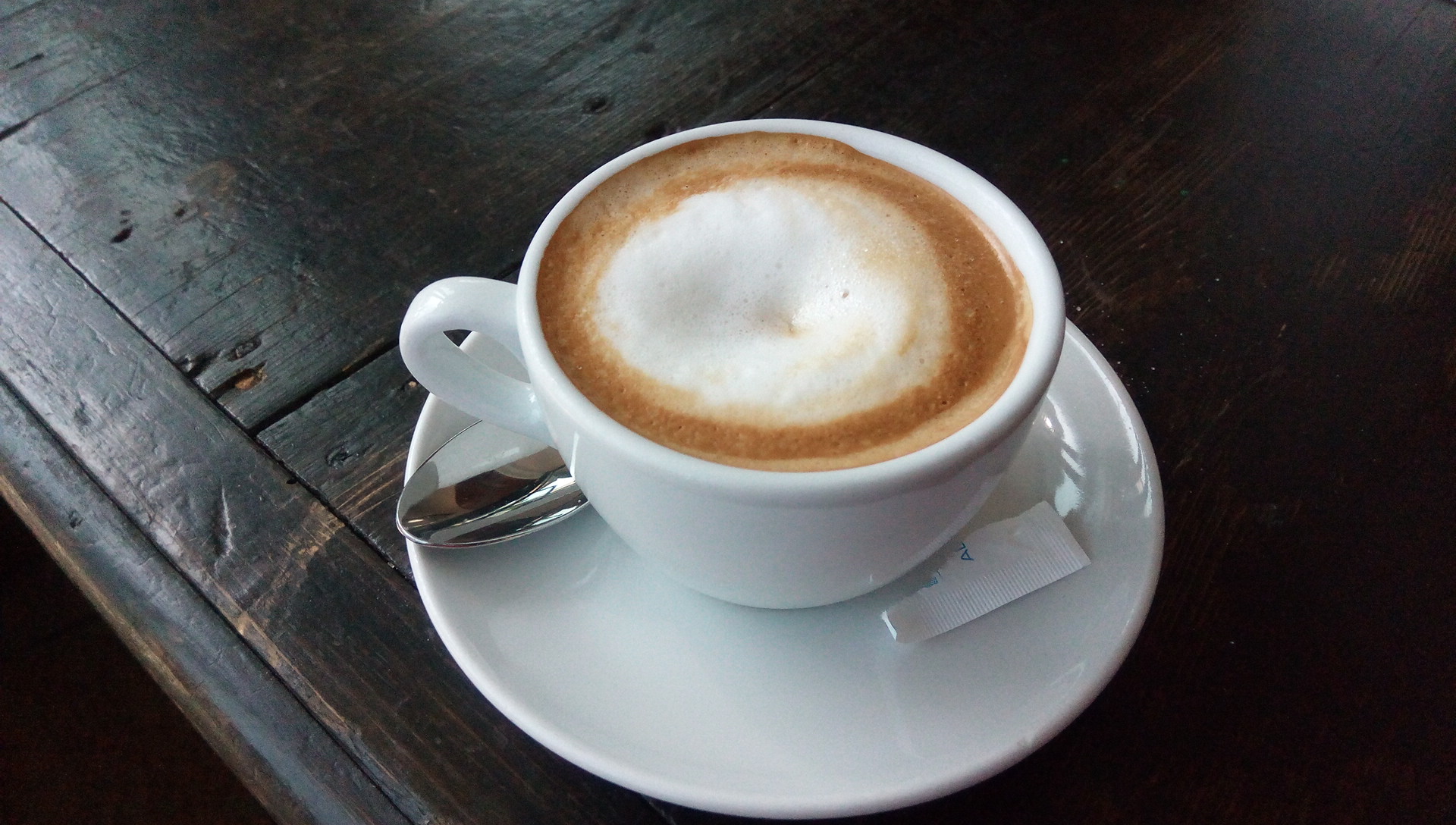
The data comes from Knight Frank, a real estate and property consulting company. They publish an annual Wealth Report analyzing the property, location, and attitudes of the extremely wealthy.

We can see on this map that The United States of America is the country where we can find the most very rich people with more than 500 Millions
Here is top 10 countries
1. U.S. (North America): 1,830 people
2. China (mainland) (Asia): 490 people
3. Germany (Europe): 430 people
4. Japan (Asia): 390 people
5. Hong Kong (China) (Asia): 320 people
6. Canada (North America): 270 people
7. Switzerland (Europe): 250 people
8. France (Europe): 230 people
9. Russia (Russia): 220 people
10. U.K. (Europe): 220 people
I not the Switzerland have more very rich people than Russia or United Kingdom or even France.
Set in the Parc de L’independence, just behind the beautiful Château in Morges, the annual Fête de la Tulipe starts this weekend and runs from 1st April to the 14th May. This leaves ample time for the different species of tulips (approximately 300 in total) to bloom (very much weather permitting, as cold weather can often delay this). In addition to 120,000 tulips on display, other spring bulbs such as daffodils and hyacinths can also be seen at this beautiful lakeside setting.








